Graphics Design
Why Retro Design is the Perfect Blend of Nostalgia and Innovation

Why Retro Design is the Perfect Blend of Nostalgia and Innovation
Retro Design art deco has been a dream for many over the years because it creats an interesting perspective of the past and present. It can be seen in fashion, home décor, product design, or in the tech world, the idea of referencing older designs, even the formal constraints, and integrating them into new products is far from deceased. But what made retro design so popular? Why does this blend of the old and new still light up our screens and pull at heartstrings, when one is always on the lookout for the new? So in this article we will discuss what is meant by Retro Design, why it exists, and why it is such a good mixture of the old and new.
Outline of the Article
- Introduction
- What is Retro Design?
Defining Retro Design
Legendary Time Periods which Define Retro Style
- The Psychology Behind Nostalgia in Retro Design
Why We Love Looking Back
Why Dunks are Considered to have an Emotional Appeal of nostalgia.
- Retro Design in Fashion
Refurbished Fashion Styles Based on the Old Vintage Fashion
Iconic Retro-Inspired Brands
- Retro Design in Home Decor
Mid-Century Modern: Interior Design Themes that stands the test of Time
Analysis of the Elements of Color and Texture in Retro Home Decor
- Retro Design in Product Design
High tech devices with low-tech looks
Vinyl Records and Polaroid Camera
- The Reto Concept in Graphic Design and Branding
Using Retro Type Designs, Logos, and Patterns
How Brand Unlock The Impact of Nostalgic Marketing
- Nostalgic Design and Function of Innovation
Combining Tradition with Technology: The Appeal of Using Vintage Styles
How Popular Design Themes are Applied
- Sustainability and Retro Design
The Sustainability Feature of Resurrecting Archive Silhouettes
Upcycling and Retro Look
- Remembering Why Retro Design is Not Just the Case of a Trend
Longevity and Timelessness
The Aspect of Culture Concerning the Retro
- Pitfalls of Using Retro Design
Avoiding Over-Saturation
Balancing Nostalgia with Modern Expectations
- Examples of Successful Retro Designs
Fashion: Converse Chuck Taylors
Technology: Nokia 3310 Relaunch
Home Decor: Eames Lounge Chair
- Conclusion
- FAQs
Introduction
This type of design is not a trend, it is cultural revolution that adduces the reminiscence of the past and present in modernity. Your old school sneakers may be your favorite pair of kicks, or a beautifully restored record player that can now connect to Bluetooth. In this article let me explain why retro design is exactly the best combination of the past and the future and why people still love it.
What is Retro Design?

Defining Retro Design
It means a style that deliberately looks back to when some trends, looks, and cultural artifacts that were popular before are revived. It covers all aspects of life, fashion, graphic, etc where objects from earlier periods namely between the 1920s and the 1980s and recycled or reborn, to fit today’s world.
Legendary Time Periods which Define Retro Style
The glamorous 50s, sexual revolution 70s and the eclectic 80s have showcased most of the retro style gen. Pin-up art, artefacts from the disco era such as the disco ball, all have been kept active in the modern design world by recycling.
The Psychology Behind Nostalgia in Retro Design
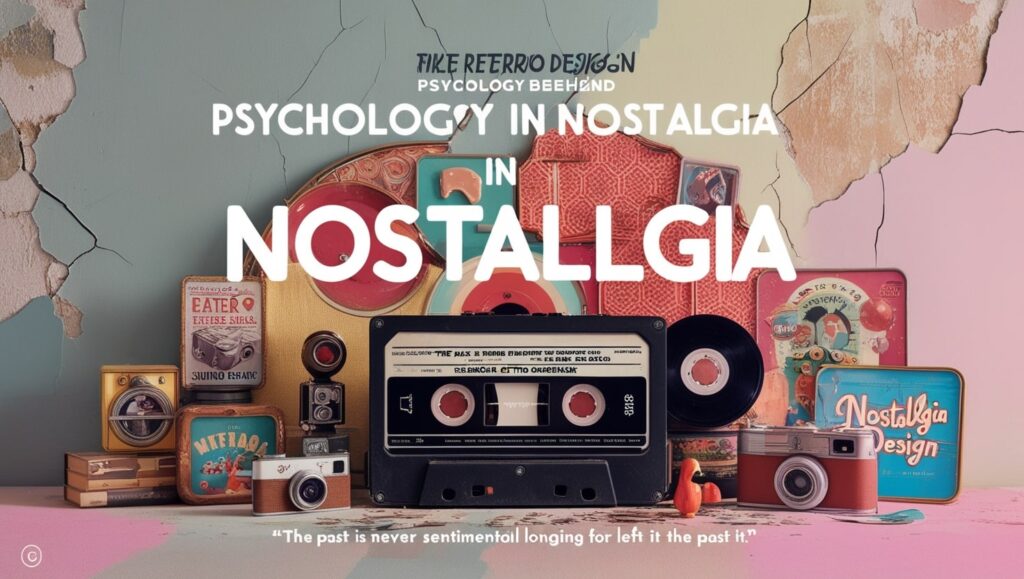
Why We Love Looking Back
Nostalgia is a weapon in the psychological warfare. It ties us to a period of which we were part and parcel—or a period which we have never witnessed but wish we were part of. Given the constant exacerbation of globalization and briefing of the world around us, retro design is something that comforts the eyes, with its desire to make a trip back to the good old days, at least on the graphic level.
Why Dunks are Considered to have an Emotional Appeal of nostalgia.
So when we speak of Retro design, feelings are appealed to, even if it nostalgically brought up that design is associated with the good times such as through the Retro looking Coke bottle or a video game arcade cabinet from the 1980s. All these elements create a sense of reminiscence, both, individual and shared, which leads, not just, to functional satisfaction, but also sentimental involvement.
Retro Design in Fashion
Refurbished Fashion Styles Based on the Old Vintage Fashion

Fashion may well be one of the areas most affected by the concept of retro-design. Starting from bell-bottom jeans in fashion now to platform shoes seen on most fashion shows, retro clothing is back. The key is often the modern twist: The new takes over new forms but in old aesthetics, remade with contemporary materials, technology or cuts.
Iconic Retro-Inspired Brands
One can see that virtually every major brand, including Levi’s, Converse, and Ray-Ban, has only benefited from the period approach. They mix the timeless look of some of their products with contemporary changes to cater for today’s market. The Converse Chuck Taylors: once a basketball shoe from the seventies, today’s society’s indispensable footwear.
Retro Design in Home Decor
Mid-Century Modern: Interior Design Themes that stands the test of Time
When it comes to nostalgic home decoration, however, nothing stands taller, or has a more passionate following than Mid-Century Modern design. This postwar style which has its roots in the early 1950s is associated with fine lines, flowing shapes and little decoration and its examples can still be described as luxurious today.
Analysis of the Elements of Color and Texture in Retro Home Decor
Strong hues such as mustard yellow, teal, avocado green hit the center of target among bespoke patterns of the typical American home décor and deep textiles like velvet, tweed, wooden panels. All these features introduce individuality and homely atmosphere into the interiors that can be perceived as quite formal in context of the modern architecture.
Retro Design in Product Design
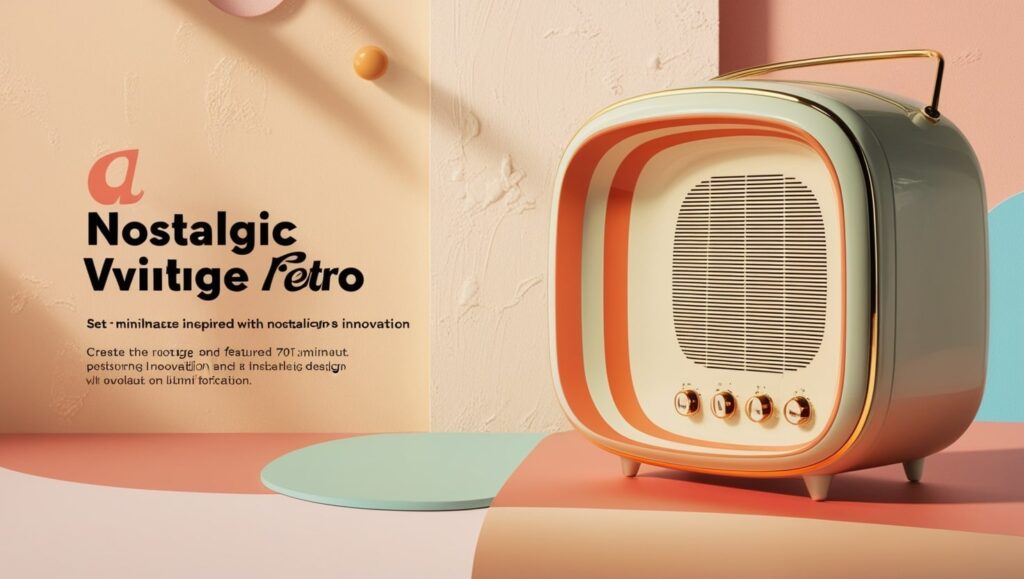
High tech devices with low-tech looks
However, the nostalgic mood doesn’t apply solely to clothing and interior – it reigns in product design as well. Consider the revival of vinyl records or soft ware styled game consoles. These products combine the nostalgia to look and feel of today technology to provide total satisfaction for the users’ emotions and their need to use a product.
Vinyl Records and Polaroid Camera
Vinyl records and Polaroid cameras are two shining examples of products that are vintage inspired in form and are currently enjoying a revival like no other. The actual papers of these music and photographs are easier to access in digital form, however these products of past provide haptic feedback which a lot of consumers cannot do without.
The Reto Concept in Graphic Design and Branding
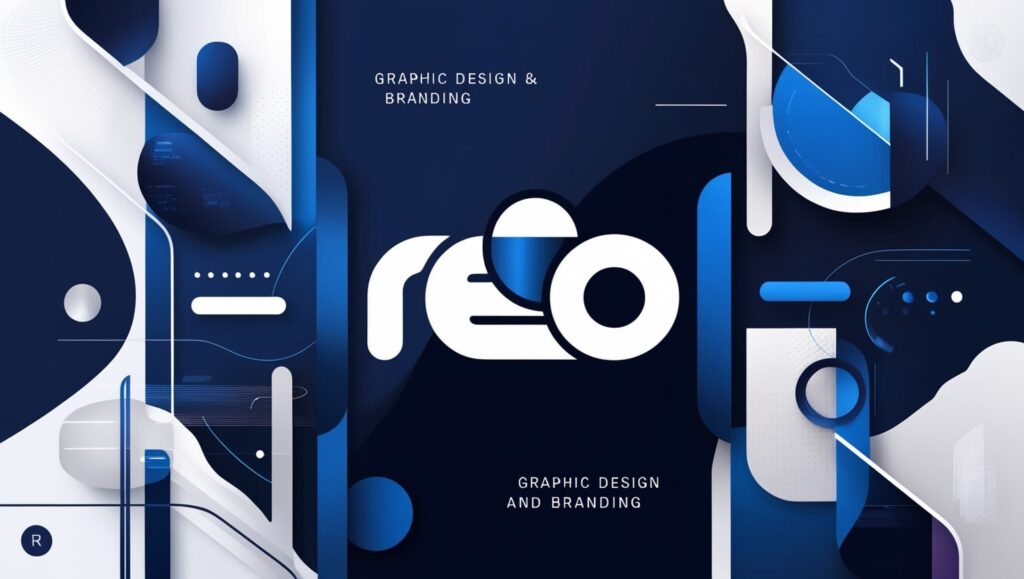
Using Retro Type Designs, Logos, and Patterns
In the sphere of branding most firms are seeking a niche by going for the retro trends. Fontage from the seventies, retro-style logos and fun references to the experience of youth culture remind the public that it is authentic.
How Brand Unlock The Impact of Nostalgic Marketing
Big beverage giants Pepsi and Coke, for instance, avail so-called ‘nostalgia’ packaging that creates a new avenue for the firms. From these illustrations, one can see that by temporarily going back to an older design, these firms not only rekindle memories of the past but also generate interest in their goods.
Nostalgic Design and Function of Innovation
Combining Tradition with Technology: The Appeal of Using Vintage Styles
As much as retro design can take inspiration directly from the past, it never dismisses what is achieved in the present. For instance, a radio that produces a vintage style may include interfaces that the original devices did not have such as Bluetooth interface or USB interfaces. This fusion of classic design with increased functionality allows retro design stay significant in the high-tech era.
How Popular Design Themes are Applied
It is therefore important to note that these pragmatic nostalgic devices are not relics of the past; they are not simply reissues of classic designs; they incorporate design advancements that render their antecedents marginal; they are better-engineered computational contrivances that elicit the aesthetics of the past but are built and designed to conform with futuristic standards. This way they’re not mere novelty items but utensils and gadgets that will remain useful for a reasonable amount of time.
Sustainability and Retro Design
The Sustainability Feature of Resurrecting Archive Silhouettes
They also said that retro design is more sustainable than fast-fashion or chasing the trends designs. We get to cut on the need to produce new products all the time this helps us save the environment and dilute further destruction of the environment.
Upcycling and Retro Look
Revival of old items of clothes and resusing them in a new way has been practiced in retro fashion by upcycling. Garments that were worn a few years ago are now redesigned with a contemporary look and people are playing their part in recycling othus preserving the retro style.
Remembering Why Retro Design is Not Just the Case of a Trend
Longevity and Timelessness
This mean’s however that unlike many trends, retro design seems to be sustainable as time progresses. It is timeless as it borrows the best of two eras: the old and the new. Starting from clothes and accessories up to the gadgets and gizmos retro design is a trend that will remain around for quite some time now.
The Aspect of Culture Concerning the Retro
It can also be added that retro design is also significant in culture. It gives the people an opportunity to look back at successes and enjoy some of the earlier fashion trends as well as continue living in the present. Such a connection with history helps to form a much-exalted perception of the present.
Pitfalls of Using Retro Design
Avoiding Over-Saturation
The first drawback for retro design is the tendency of over-popularization. However, when many brands or products, start using ‘retro’ experiences, it loses its peculiarity; there is nothing special or unique about it.
Balancing Nostalgia with Modern Expectations
Finding a right note to strike while making a product nostalgic and also giving client what he wants in the contemporary world is a major key. Although, everyone enjoys the use of such designs, people expect contemporary comfort, sustainability and presence of technology to be viewed and applied as well.
Successful Realisation of Retro Designs
Fashion: Why have Converse Chuck Taylors remained so popular today?
Technology: The newest version of the iconic Nokia 3310, which has both, nostalgia and new functions for today’s users.
Home Decor: The Eames Lounge Chair is one of the world’s most famous furniture designs – and continues to be popular in modern interiors.
Conclusion
Retro design is really a perfect blend of the old and the new, or as people like to say, vintage. It helps all of us satisfy our desire of nostalgia while at the same time providing practicality for the current generation’s products. Ranging from fashion to production designing and everything in between; retro design capability is the best of time and therefore is much more than mere.
It cannot be just a ‘fad’, implemented for a month or two as a result of being the newest ‘it’ thing—it’s a part of culture. At the same time, with the help of the desire which it touches and the need which it satisfies, retro design will remain fascinating and creative.
FAQs
- What is it about retro design that is popular today?
Retro design targets people’s feeling of longing to the good old days as well as compatibility with new technologies. This union can provide feelings and trustworthiness from which patrons feel they know and can turn to while satisfying modern demands.
- There are several eras that are most preferred for retro design but four of them are more common than the others.
Retro design is currently used in connection to design which is inspired by the period between nineteenth and twentieth century with emphasis on the 1920s to the 1980s, with more emphasis on the 1950s, 1960s, 1970s and the 1980s.
- Is retro design sustainable?
Yes, it is sometimes more sustainable, for example in clothing or furniture industries where objects are made based on old retro designs, and where is an opportunity to reuse already existing materials.
- What are some technologies that are mimicking the trends of the past?
Of course, some of them are the following: vinyl records; Polaroid cameras; retro phones with advanced facilities, such as the Nokia 3310.
- Retro design often a part of the marketing mix, but how does the concept really fit into it and how is it incorporated?
Marketing teams incorporate designs from the past for various logo designs, fonts, and packaging that can create such feelings relating to nostalgia.
Graphics Design
Top 10 Best Graphic Design Tools for Beginners in 2025 (Free & Paid)
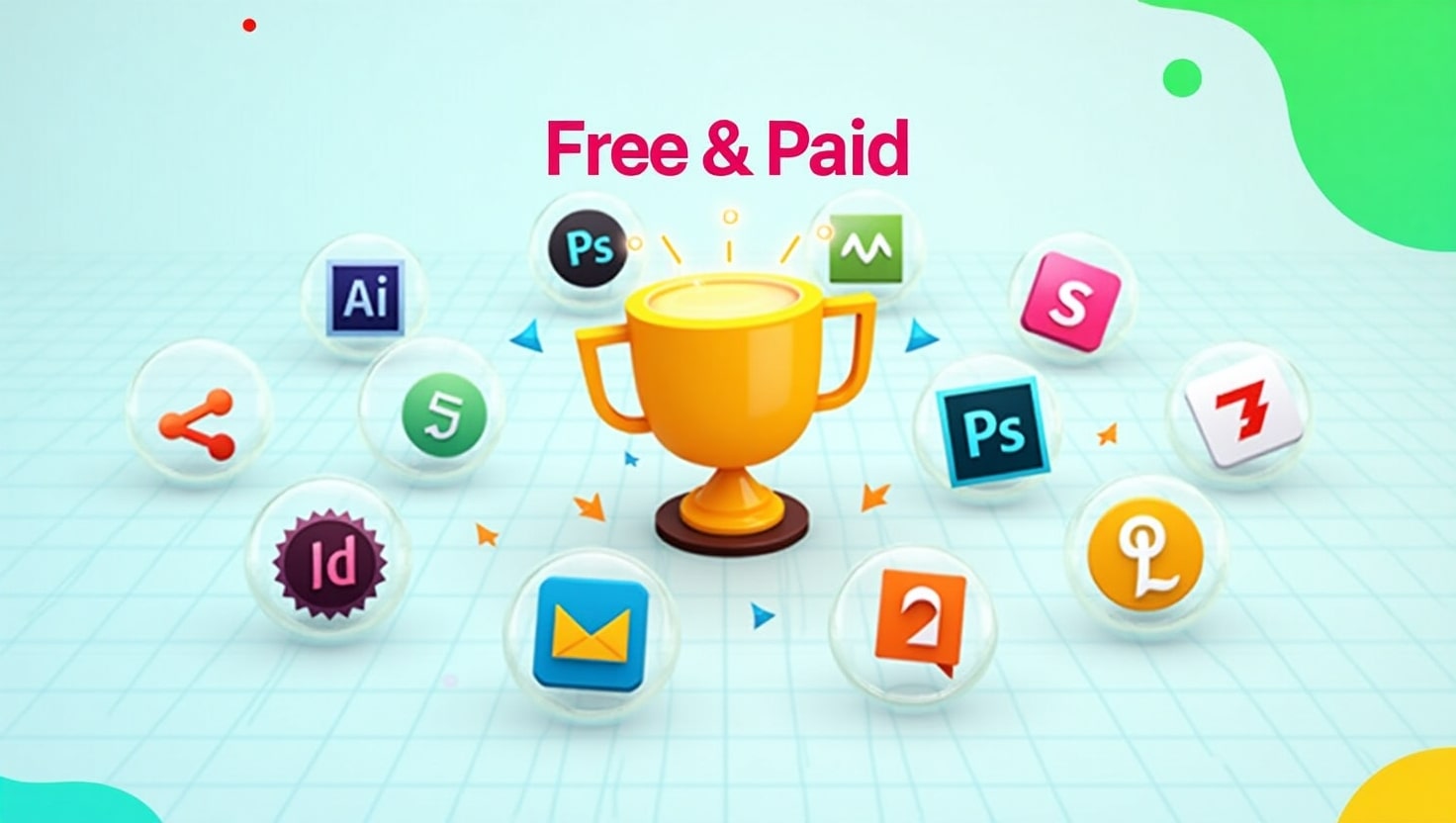
Top 10 Best Graphic Design Tools for Beginners in 2025 (Free & Paid)
Introduction: Why Beginners Need the Right Tools
Best graphic design tools for beginners can be exciting but also overwhelming. With so many tools available, it’s easy to get lost in the options. As a beginner, you need graphic design tools that are easy to learn, affordable, and feature-rich enough to help you grow. Whether you’re designing logos, social media posts, or website graphics, the right software can make all the difference.
In this article, we’ve handpicked the top 10 best graphic design tools for beginners in 2025, including both free and paid options. Whether you’re looking to go pro or just explore your creativity, there’s a tool here for you.
1. Canva – Best for Simplicity
Type: Free & Paid
Platform: Web, iOS, Android
Canva is best graphic design tools for beginners who want to dive into design without the steep learning curve. With drag-and-drop features, pre-made templates, and an intuitive interface, Canva allows anyone to create professional-looking graphics in minutes.
Key Features:
- Thousands of free templates
- Easy-to-use interface
- Perfect for social media posts, presentations, and posters
- Team collaboration options
Why it’s great for beginners: You don’t need design experience to use Canva. It’s as simple as choosing a template and customizing it.
2. Adobe Illustrator – Industry Standard
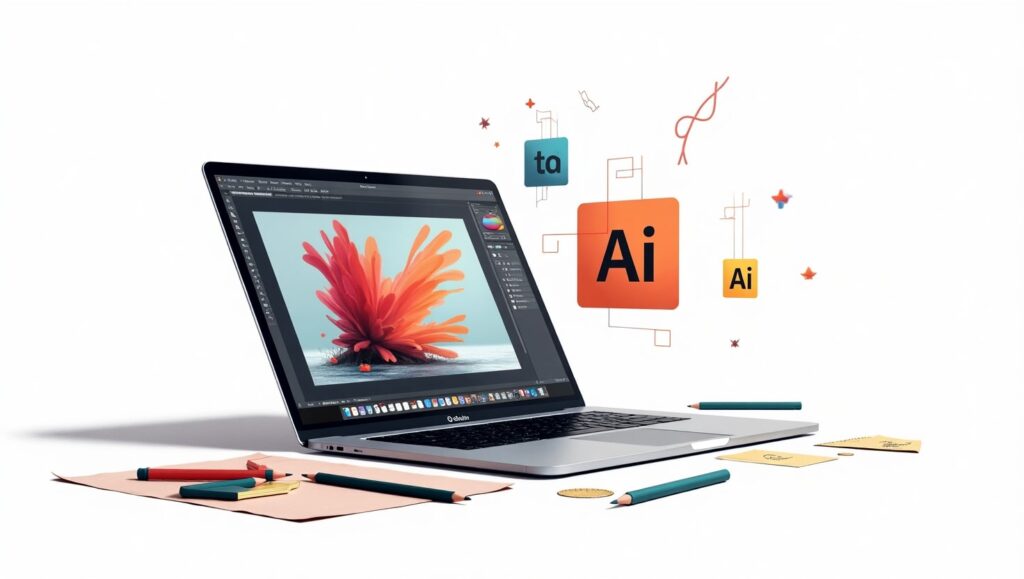
Type: Paid (Free trial available)
Platform: Windows, macOS
If you’re serious about pursuing best graphic design tools for beginners professionally, Adobe Illustrator is the go-to tool. It’s used by top designers around the world for creating logos, icons, typography, and complex illustrations.
Key Features:
- Precision vector design
- Integration with other Adobe apps
- Extensive typography tools
- Custom brushes and effects
Why it’s great for beginners: Though it has a steeper learning curve, beginners can start with tutorials and gradually master this powerful tool.
3. Figma – Collaborative Design

Type: Free & Paid
Platform: Web-based (with desktop apps)
Figma is a browser-based UI and best graphic design tools for beginners that’s widely used for interface design and collaboration. It’s especially ideal if you’re working in a team or planning to get into UX/UI design.
Key Features:
- Real-time collaboration
- Cloud-based autosave
- Works on any platform
- Design + prototyping in one tool
Why it’s great for beginners: It’s free to get started and encourages team-based design, which is perfect for learning in a group setting or classroom.
4. Gravit Designer – Browser-Based Versatility
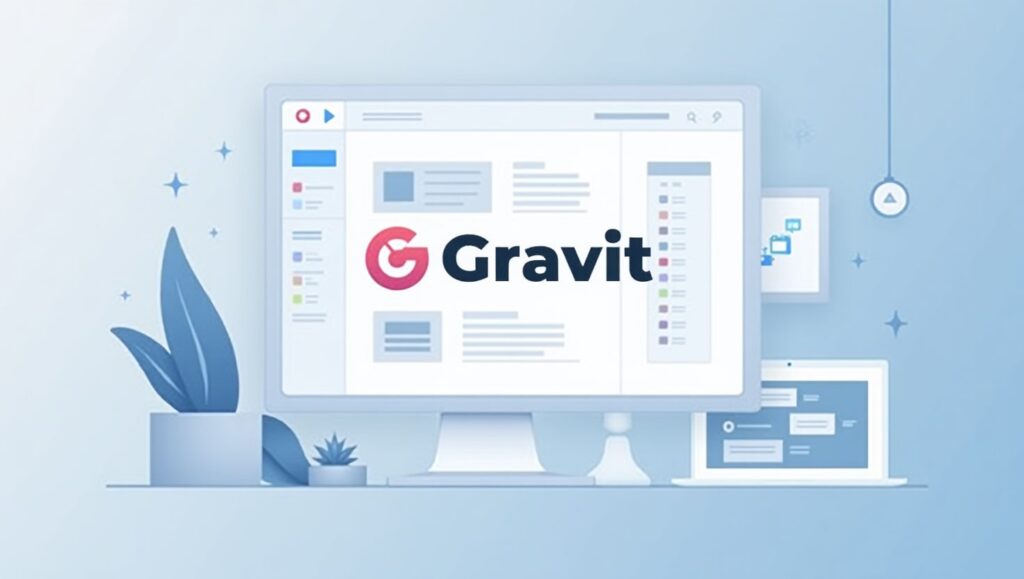
Type: Free & Paid (Gravit Designer Pro)
Platform: Web, Windows, macOS, Linux, Chrome OS
Gravit Designer offers a clean interface with essential tools for vector design. It’s ideal for creating UI designs, presentations, and illustrations, all from your browser.
Key Features:
- Works online and offline
- Modern user interface
- Cloud syncing
- Easy export options
Why it’s great for beginners: The learning curve is gentle, and it doesn’t require a powerful computer to run.
5. Vector – Free Vector Tool
Type: Free
Platform: Web, Windows, macOS, Linux
Vector is a completely free vector graphic design tool with a simple interface. It’s great for basic logos, icons, and infographics.
Key Features:
- Real-time sharing
- Simple and clean interface
- Free tutorials available
- Lightweight and fast
Why it’s great for beginners: Best graphic design tools for beginners without getting overwhelmed by advanced features.
6. Inkscape – Open Source Alternative
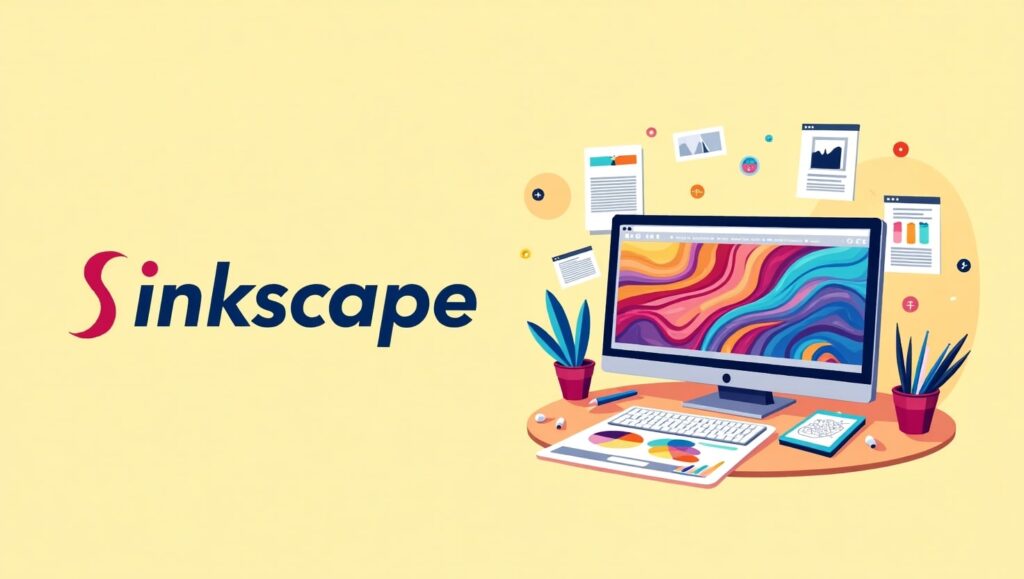
Type: Free (Open source)
Platform: Windows, macOS, Linux
Inkscape is a powerful free vector graphics editor that’s often compared to Adobe Illustrator. As an open-source tool, it has a strong community and regular updates.
Key Features:
- Advanced drawing tools
- Layer support
- File compatibility (SVG, AI, PDF)
- Custom extensions and add-ons
Why it’s great for beginners: Great for those who want full control over their design tools without paying for software.
7. Affinity Designer – Professional Quality at One-Time Cost
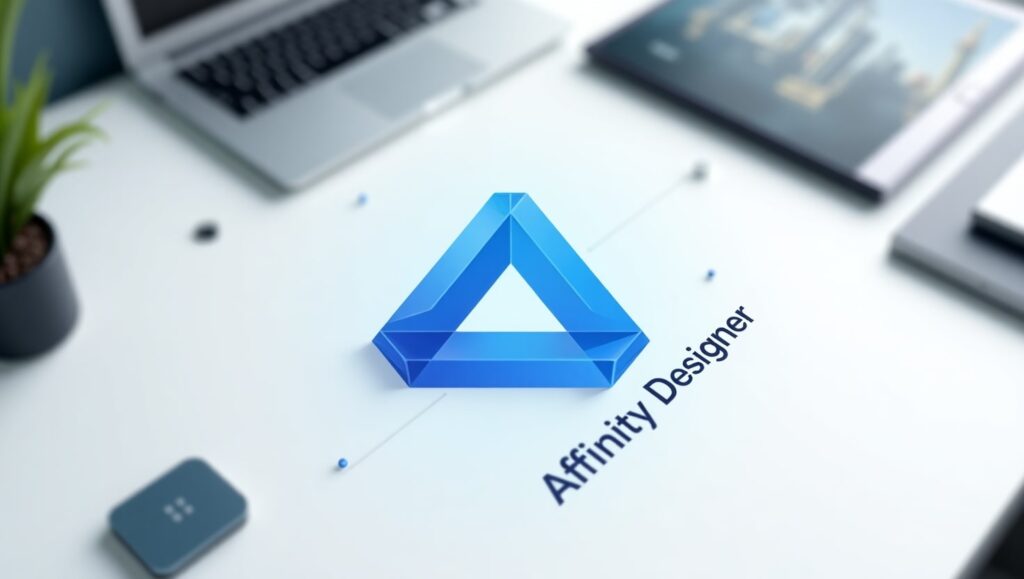
Type: Paid (One-time purchase)
Platform: Windows, macOS, iPad
Affinity Designer is a cost-effective alternative to Adobe Illustrator, offering professional features at a one-time price.
Key Features:
- Smooth vector and raster integration
- Responsive and lightweight
- Grid, snapping, and alignment tools
- Cross-platform performance
Why it’s great for beginners: Once purchased, you get lifetime updates. It’s a great investment without a subscription.
8. Pixlr – Easy Photo Editing
Type: Free & Paid
Platform: Web, iOS, Android
Pixlr is a lightweight photo editing tool that runs right in your browser. It’s perfect for beginners who want to edit images quickly for social media or blogs.
Key Features:
- AI-powered one-click edits
- Web-based—no downloads required
- Supports layers and effects
- Simple interface
Why it’s great for beginners: You can start editing without creating an account. Very beginner-friendly.
9. Krita – Digital Painting & Illustration
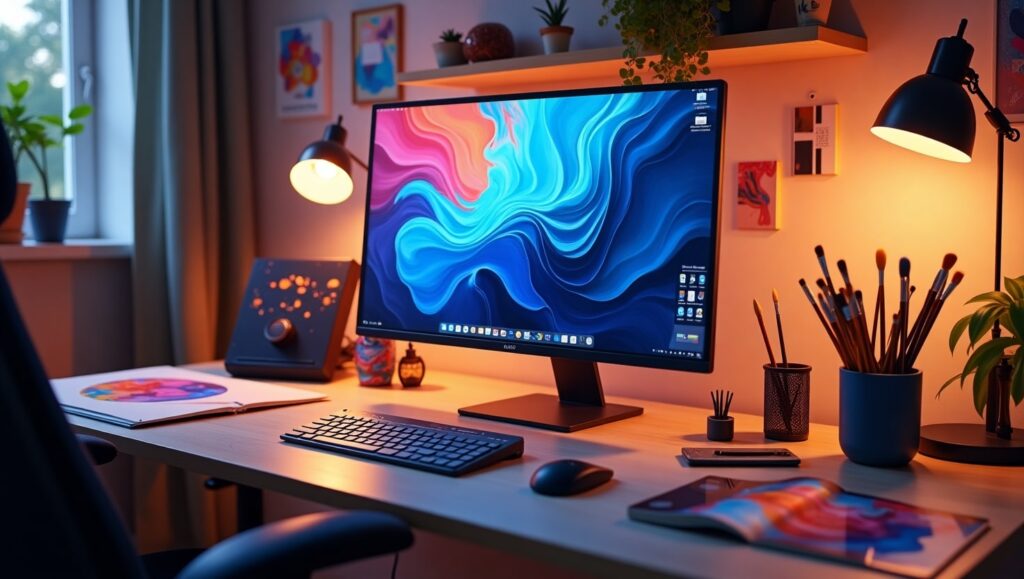
Type: Free (Open source)
Platform: Windows, macOS, Linux
Krita is best suited for digital illustration and painting, but it also offers graphic design tools for layout and composition.
Key Features:
- Brush customization
- Layer management
- Animation support
- Tablet-friendly interface
Why it’s great for beginners: Excellent for beginners interested in drawing and concept art.
10. Desygner – Mobile-Friendly Graphic Design
Type: Free & Paid
Platform: Web, iOS, Android
Desygner is a drag-and-drop graphic tool aimed at social media creators, bloggers, and marketers. It’s one of the easiest tools to use on a smartphone.
Key Features:
- Pre-made social media templates
- Mobile-first design
- Royalty-free image library
- Branding kit support
Why it’s great for beginners: If you’re creating graphics on the go, this is a must-have.
Tips on Choosing the Right Tool
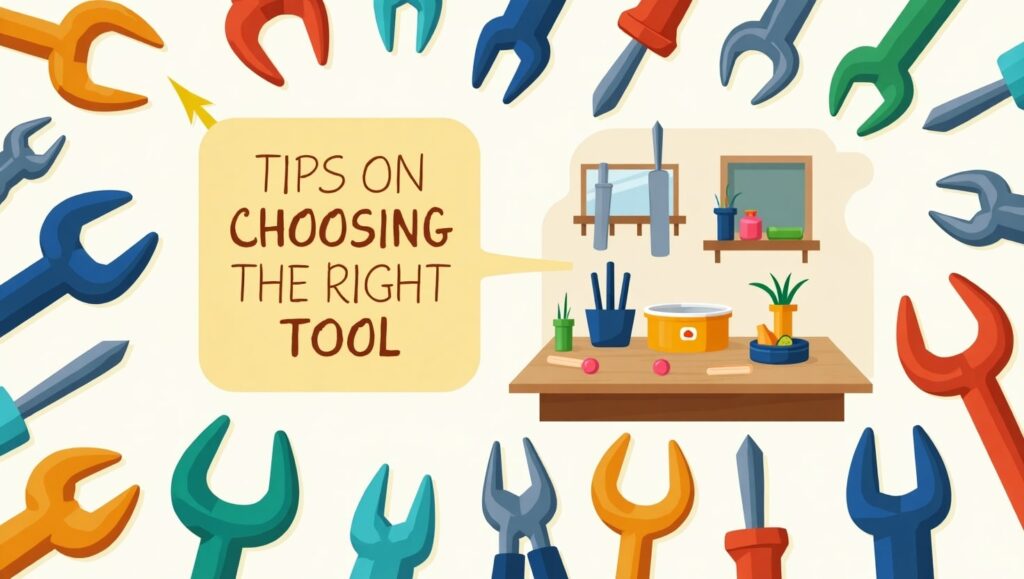
Choosing the best graphic design tools for beginners tool depends on your goals and workflow. Here are a few tips to guide your decision:
- Start Free: Explore tools like Canva, Vectr, and Inkscape to learn the basics without investment.
- Consider Your Goals: If you want to go professional, tools like Adobe Illustrator or Affinity Designer are worth learning.
- Try Before You Buy: Use free trials to test paid tools before committing.
- Use Community Resources: Many tools have active communities, free tutorials, and forums to help you learn faster.
- Match Tool to Task: Photo editing? Use Pixlr. UI design? Try Figma. Logo creation? Go with Illustrator or Vectr.
FAQ
What is the best free graphic design tool?
Canva is the best graphic design tools for beginners widely considered the best graphic design tools for beginners due to its ease of use, professional templates, and accessibility on all devices. For vector design, Inkscape is a top free choice.
Are paid tools worth it for beginners?
Yes, Best graphic design tools for beginners if you’re committed to building a career or serious hobby in graphic design. Tools like Adobe Illustrator and Affinity Designer offer features you’ll eventually need as your skills grow. However, you should explore free tools first to see what suits your style.
Conclusion: Start Simple, Grow Gradually
Every graphic designer starts somewhere. The key is to start simple—best graphic design tools for beginners, explore its features, and grow your skills at your own pace. Whether you begin with Canva, dive into Figma, or experiment with Inkscape, the most important thing is to keep creating.
Once you’re comfortable, consider investing in professional tools that open up even more creative possibilities. With the right tools and consistent practice, you’ll be creating stunning graphics in no time.
Graphics Design
Top 7 Essential Ways to Make T-Shirt Painting Design
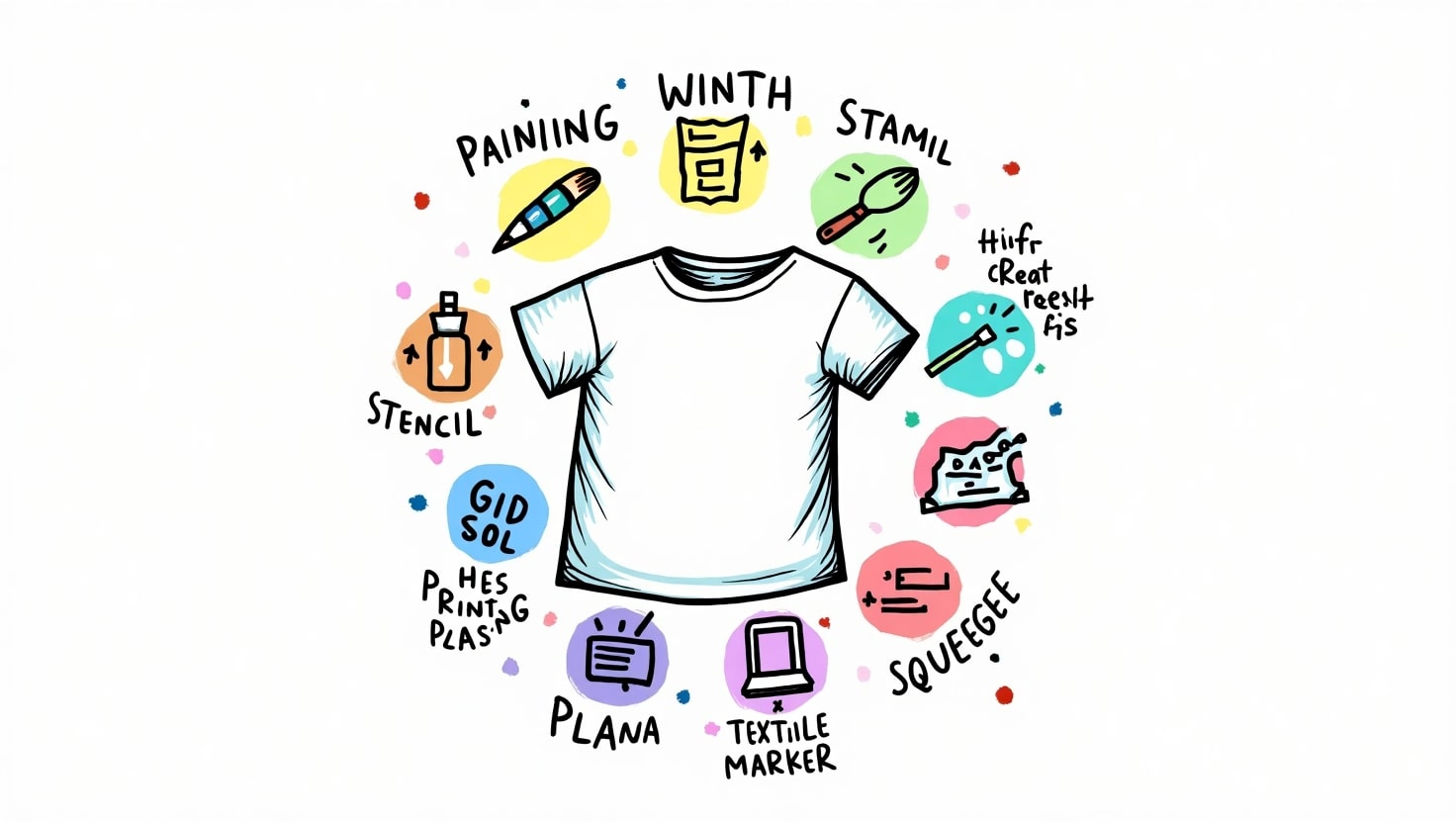
Top 7 Essential Ways to Make T-Shirt Painting Design
T-Shirt Painting Design can be a great tool of creativity or creation of a fashion identity or even a business. T-Shirt Painting can be a gateway to unending crafts no matter whether this would be your first or fourth attempt in painting. In this article, we are going to guide you on the 7 best methods on how to make t-shirt painting design stand out, how to do it, what to use, what style, and some tips on how to make custom t-shirt painting better without fail.
What is T-shirt Painting Design?
T-Shirt Painting Design is a decoration process of painting or ink on a piece of cloth, generally t-shirt, to come up with a unique picture. It is a form of clothing art in which an artist, fashion admirer or hobbyist can express themselves creatively in something that they can use daily. T-shirt painting design can express mood, culture, personality and even be used to champion a cause; miniature paintings to splashes of abstract colors.
DIY trend, sustainability and fashion individuality have rocketed the popularity of the t-shirt painting within the past years. Well, now we are to see the seven most useful techniques that can help you to master this exciting art.
1. Select The Appropriate T Shirt Base and Fabric
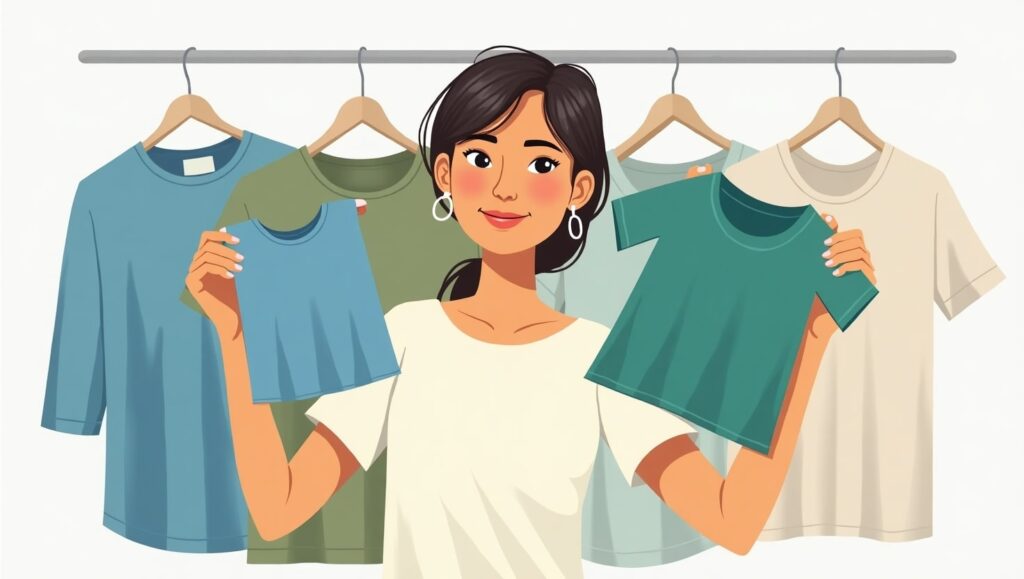
A t-Shirt Painting Design is the basis of every magnificent t-Shirt Painting. The choice of the material influences the quality of the adhesion of the paint, the hues of the palette and the durability of the design once washed.
The ideal fabrics of T-Shirt painting design:
- 100 percent Cotton: Trapping moisture is high on the scale and paint adhesion can also be achieved as well.
- Cotton-Poly Blend: Less absorbent and more long lasting.
- Bamboo or Organic cotton: an environmental-friendly and sustainable t-shirt painting design material.
Ensure that the t-shirt has already undergone a process of washing in order to draw away any factory treatment or shrinking. Get the finest painting experience on a smooth, non wrinkly surface.
2. Gather the Right Supplies
Without proper tools, even the most creative ideas for a t-shirt painting design can fail. Here’s a checklist of essential supplies:
Basic Materials:
- Fabric Paint (Acrylic-based or Water-based)
- Fabric Medium (optional, helps paint bond better)
- Paintbrushes of varying sizes
- Sponges or Rollers
- Palette or Mixing Tray
- Fabric Markers
- Pencil/Chalk (for sketching)
- Cardboard Insert (to avoid bleed-through)
These materials ensure your t-shirt painting design stays sharp, professional, and vibrant.
3. Sketch and Plan Your Design
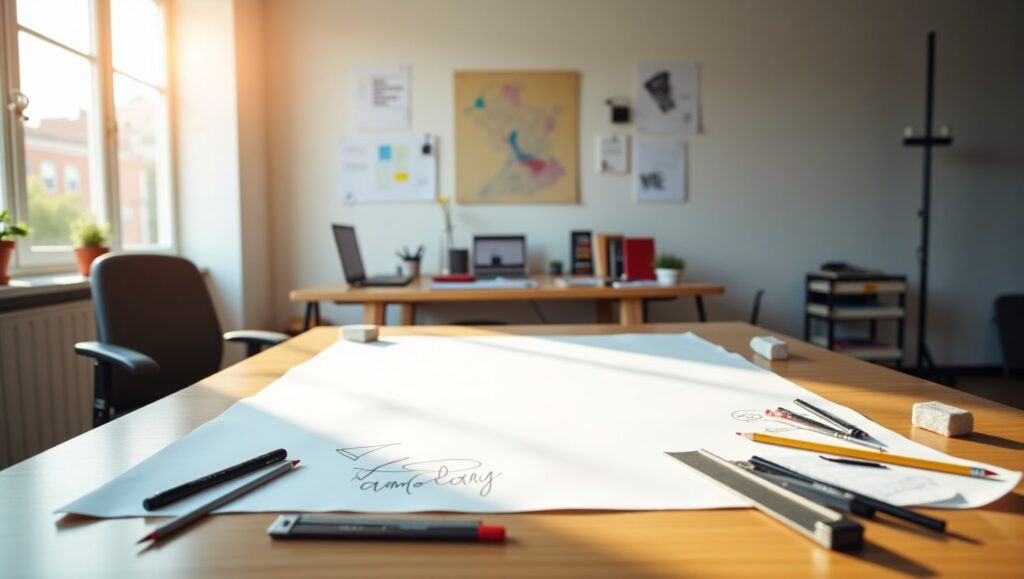
Before you dip a brush into paint, sketch your t-shirt painting design on paper or use a digital mockup tool. Planning is critical, especially for intricate designs.
Tips for Sketching:
- Start with light outlines.
- Consider color placement and negative space.
- Use stencils if you’re aiming for precision.
Planning your t-shirt painting design reduces mistakes and speeds up the painting process. You can even use transfer paper to trace your design onto the fabric if you’re not confident in freehand sketching.
4. Learn Different Painting Techniques
There are multiple ways to apply paint to a t-Shirt Painting Design. Understanding the right technique for your t-shirt painting design will make your artwork more dynamic.
Popular Painting Techniques:
- Freehand Brush Painting:
- Great for artistic expression and detailed artwork.
- Stencil Painting:
- Perfect for logos, patterns, or text. Ensures consistency.
- Sponge Painting:
- Adds texture and gradient effects to your t-shirt painting design.
- Splatter Technique:
- Offers a trendy, modern vibe. Use with contrasting colors.
- Block Printing:
- Involves carving a design into a stamp and repeating the pattern.
Each technique contributes something unique to the final look of your t-shirt painting design. Don’t hesitate to mix methods for a layered effect.
5. Learn to Use colors
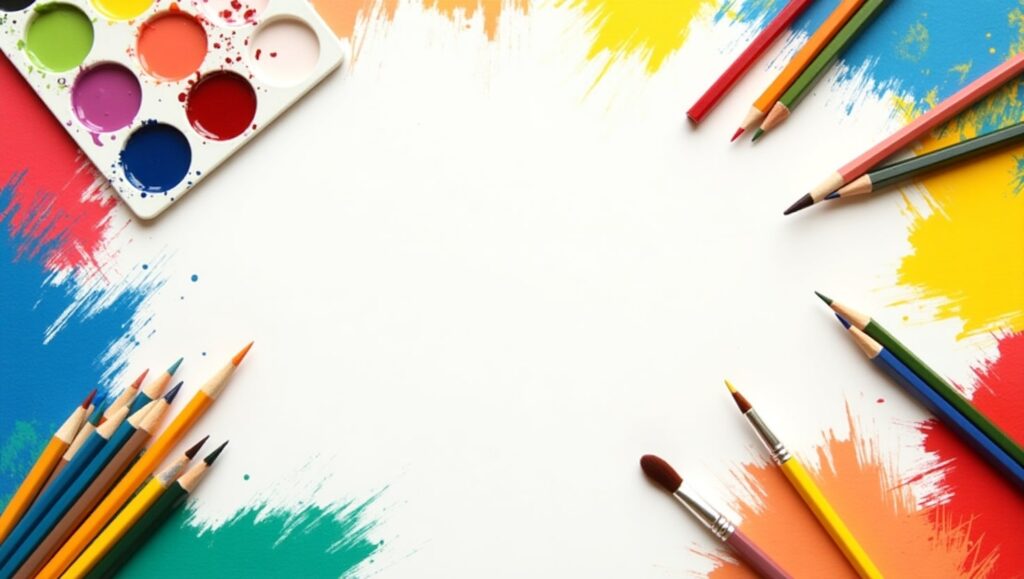
The color theory is very relevant in the area of painting t-shirts. Navigating a basic design with the compulsory color palette can turn a design to a work of art.
Know How to Select Colour:
- Take bold contrast by using complementary colors.
- Similar tints to bring out harmonious vibes.
- Apply white or black to make outlines/highlights.
Bear in mind that not all colors can be similar on textile and paper. Always test a small patch in case you want complete painting of t-shirt.
6. Use Fixing and Heat Fixing Methods
When you have painted your masterpiece that is the time to put the colors on so that they can be washed and worn.
T-Shirt Painting Design: Fixing Methods:
- Ironing: Apply a cloth or parchment paper on the painted area and press using medium heat setting on the iron within 3 to 5 minutes.
- Air-Drying: Leave your t-shirt painting design to dry up at least 24-48 hours.
- Heat Press: professional way of commercial-grade finish.
The paint is then sealed under the heat setting so it does not crack or fade, thus sealing into the fibers of your t-shirt painting design.
7. Care of Your Painted T Shirts
When the t-shirt painting is properly taken care of, then you get a long lasting life of the design and it remains vibrant.
Cleaning & Storing Information:
- Inside out wash in cold water.
- Never use bleach or strong detergents.
- Line dry or tumble low or machine dry.
- Iron inside-out, as required.
Once you have made something really well, you can be sure that your t-shirt painting design will keep shining all through the years.
Some Creative Ideas to Design T-Shirt Painting
Are you short of ideas? The popular t-shirt painting design themes are the following:
Minimalist Quotes
- Nature-based Patterns
- Graffiti and Street Style Painting
- The pop culture and Anime
- Geometric designs
- Motifs Tribal and Ethnic Motifs
- Personalized Name/Initials
The ideas can assist you to stimulate creativity and reach out to the target audience or customers.
The reason T-Shirt Painting Design is ideal with small businesses
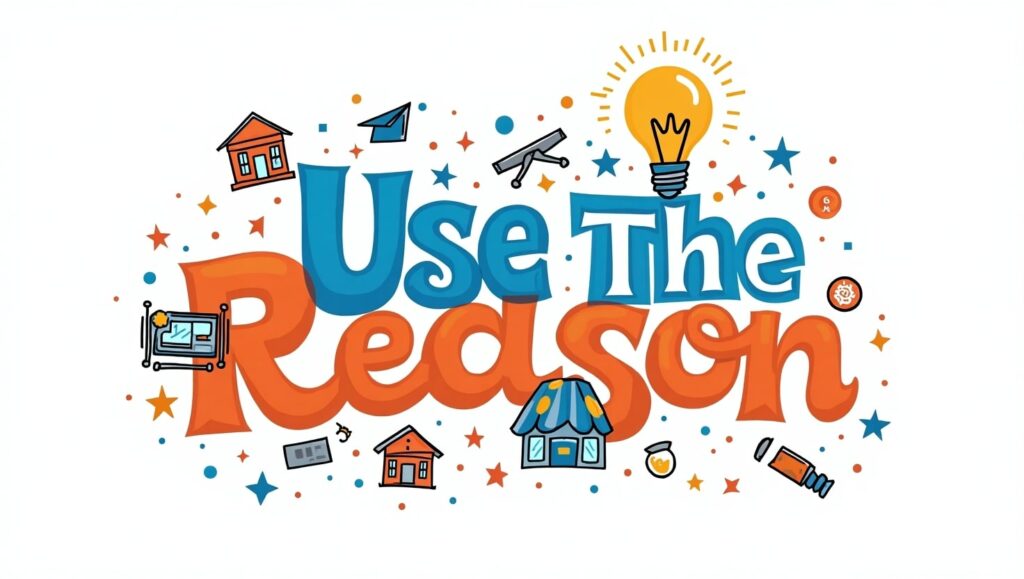
T-shirt painting design is also beautiful since the cost is cheap with high profit margin. These designers, painters, and designers are turning the ability to make money by selling personalized tees either online or in local fairs.
The advantages of T-Shirt painting Design as Business:
- No huge stock-out is needed.
- It is possible to tailor every design to the targeted niches.
- Handmade and green-friendly.
You may even provide customized t-shirt painting design services to such platforms as Etsy, Instagram, or your WordPress online store.
Questions and answers on T-shirt painting design
Q1. What should I use as a medium to paint t-shirt painting design, can I use normal acrylic paint?
Sure but in some fabric medium so that it does not crack and leave a soft finish.
Q2. How do I avoid loosing the paint in the washing?
After getting your paint design on your t-shirt completely dry, always take it and heat set it using an iron or heat press.
Q3. Which is the best color of t-shirt to be used?
T-shirts that are white and light in color are ideal for colored effects, but another to get dramatic effects is to use black t-shirts and use opaque or metallic paints.
Q4. What is the lifespan of painted t-shirt?
Well improvised t-shirt painting design will take a long time even after a lot of washings before it will begin to fade away.
Q5. Are children allowed to do t-shirt painting designs?
Absolutely! Just use paint that is washable and non toxic and monitor them as they set the heat.
Conclusion
The t-shirt painting design can be mastered by all types of artists, hobbyists, and business people. Selecting the appropriate fabric, preparing the design, printing it on, and employing the final heat fix, there are tips and methods to every process, which makes the result a beautiful and lasting t-shirt painting design. These 7 methods will determine what colorful and professional results you would achieve when creating a one-off work of your own or planning to launch a fashion brand.
The more you practice regularly and creatively, the more you will master t-shirt painting designs, and welcoming the world of art and even money.
Graphics Design
Essential Graphic Design Skill List for Freelancers
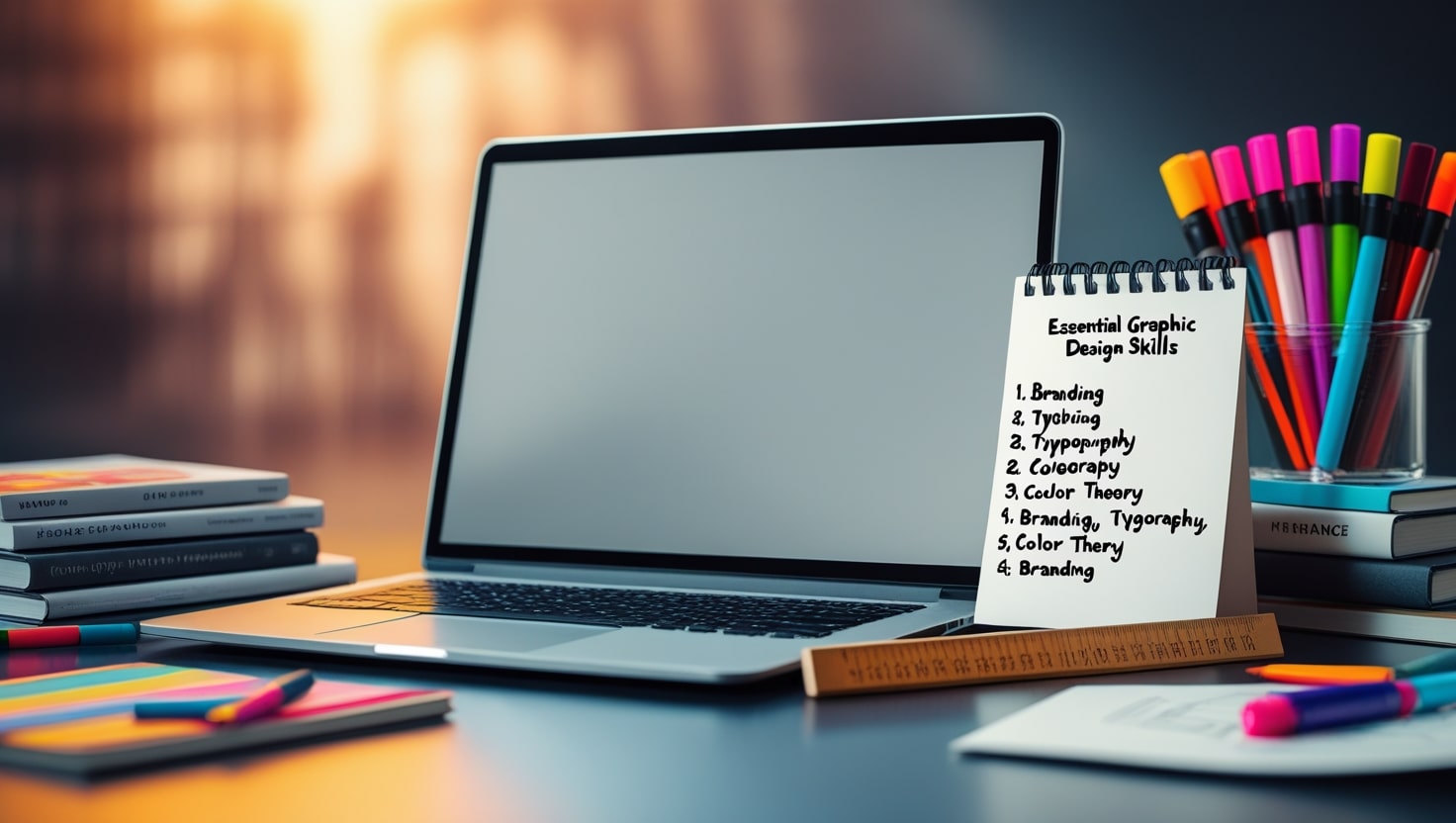
Essential Graphic Design Skill List for Freelancers
Graphic design skill list nowadays, it does not suffice to be a talented freelance designer in the way of the fast-moving creative economy. It demands balanced skill set of graphic designs that entails technical and soft skills. As a beginner or someone seeking to advance their career, being great in the basic graphic design skill list can also pave the way to greater clients, more money, and ultimate success in the relationship.
We will discuss all the skills you have to cover in your graphic design skill set, starting with basic tools and culminating in the skills required by a professional graphic designer. We will also discuss why these skills are important and how to master them as well as how to utilize them to get the right clients and projects depending on your expectations.
1. Graphic Design Skill List Introduction The Graphic Design Skill List is an important attribute of a Graphic Designer.
The graphic design skill list abilities that you have is your toolkit as a freelancer. It comprises all the knowledge about software along with thoughtful planning, interaction and communication with clients, and developing the identity of a brand. The fact that having a structured graphic design skill list list will not only enable you to analyze your capabilities as well as shortcomings, but also offer you easy time to sell your services.
The majority of businesses are heading towards freelance professionals to serve them with creative problems such that a present and relevant list of graphic design skill list will make sure that you stay ahead of others in this highly competitive industry.
2. The issue of acquiring a skill set among freelancers.

In contrast to agency designers, freelancers do not get the luxury of riding on a team. You are the designer, the project owner, the marketer and the communicator. Thus, it is vital to develop a rich and robust skill set of a graphic designer to your independence and development.
Having a comprehensive list of graphic design skill list also creates self-confidence among the clients. It demonstrates that you can also work with an impressive range of assignments: both coming up with graphic design skill list to place on social media and creating a whole brand identity.
3. The Basic Skills required by Every Freelancer in Designing
You should not run with sophisticated tools or some specific designs that you might be familiar with at an early stage. The basic list of the graphic design skill list comprises:
- Design principle (contrast, balance, alignment, repetition)
- Design of composition and layouts
- Visual hierarchy
- Simple form drawing or wire framing
- Thinking and problem solving design
These are fundamental aspects that these skills in professional graphic designing revolve around. In their absence, your visuals might not be coherent or even effective, regardless of their apparent visual attractiveness.
4. High-end Graphic Designing Techniques
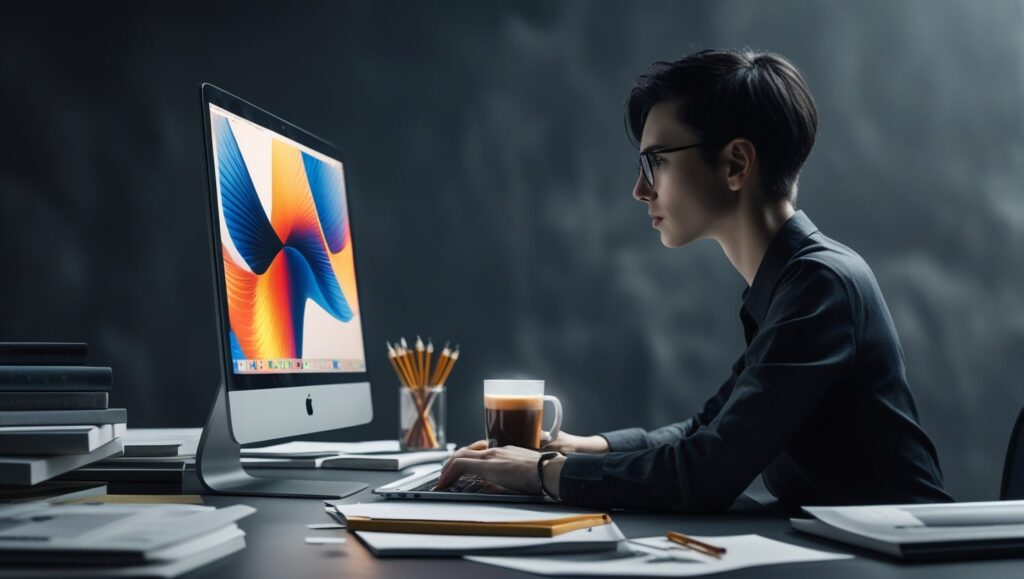
When you already managed to master the basics, it is high time to enter some more sophisticated elements of your graphic design skill list set:
- Photo manipulation and editing
- Vector drawing
- Icons design
- Infographic design
- The fine use of layering and masking
Such advanced skills will enable you to take on more involved projects such as packaging design, editorial layouts, or a digital campaign that will increase your worth as a freelancer.
5. The Accommodation Skill list of Graphic Design Software Proficiency

Your knowledge of some major design software is one of the most important elements of your graphic design skills list. As a freelancer you have to feel comfortable with the best tools of the industry:
- Adobe Photoshop: Digital painting and photo editing
- Adobe illustrator: Vector graphic and logo design
- Adobe InDesign: documents/publications with three or more pages e.g. brochures, eBooks
- Figma/Sketch/XD: UI/UX and Web Graphic Design
- Canva: Rapid template-based design Canva can be used to create beautiful templates in very little time.
The more tools you will be able to learn and to expand the list of tools on your set of skills of graphic design skill list the more you become versatile and employable.
6. Skills in Type and Design
Typography is also what it takes to make or break a design. When you combine this knowledge to your graphic design skill list set, then you comprehend:
- Pairing and contrast of fonts
- Space and legibility
- Typographical hierarchical use
- Balance in grids and layouts
This is why freelancers who are experts in typography are mostly recruited when encountered with branding, editorial, and advertising work where text is as equally important as imagery content.
7. Theory and practice in Color
The good design is very dependent on a proper color application. Ensure your skill set in graphic designing has:
- The knowledge of the color modes (RGB vs CMYK)
- Psychology of colors
- the palette making
- Harmony and contrast of color
Clients will usually wish to have their brand colors to elicit certain emotions and practicing color theory will help you add value to your company as a freelancer.
8. Branding and Image Design
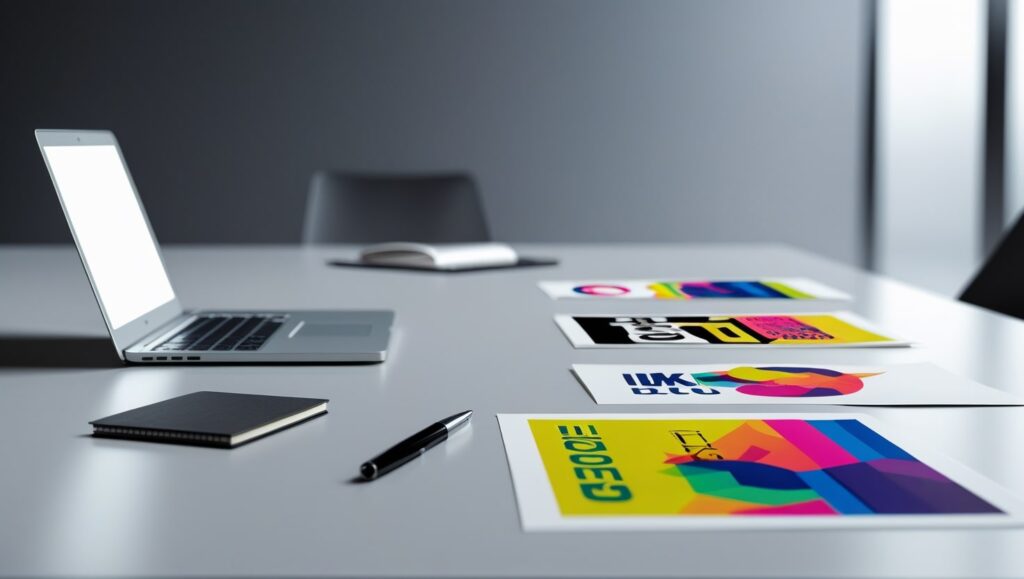
Branding expertise can help a freelancer earn good money on huge projects. To your list of graphic design skill list add the following:
- Logo designing
- Brand strategy and mood boards
- Brand guidelines
- Graphical narrations
Branding identities go beyond creation of logos but include deciphering how a company should communicate in terms of graphics; it is on the platform.
9. UX/UI Designing Skills as a Freelancer
Freelancers capable of providing UX/UI services are usually paid higher. Completing the list of your graphic design skill list with UX/UI means:
- Drawing wireframes and prototypes
- User journey mapping
- Designing mobile-first
- UI Design of the app/ Web
Such competencies are quite desirable with companies focusing more on digital user experience.
10. Motion Graphics and Animation
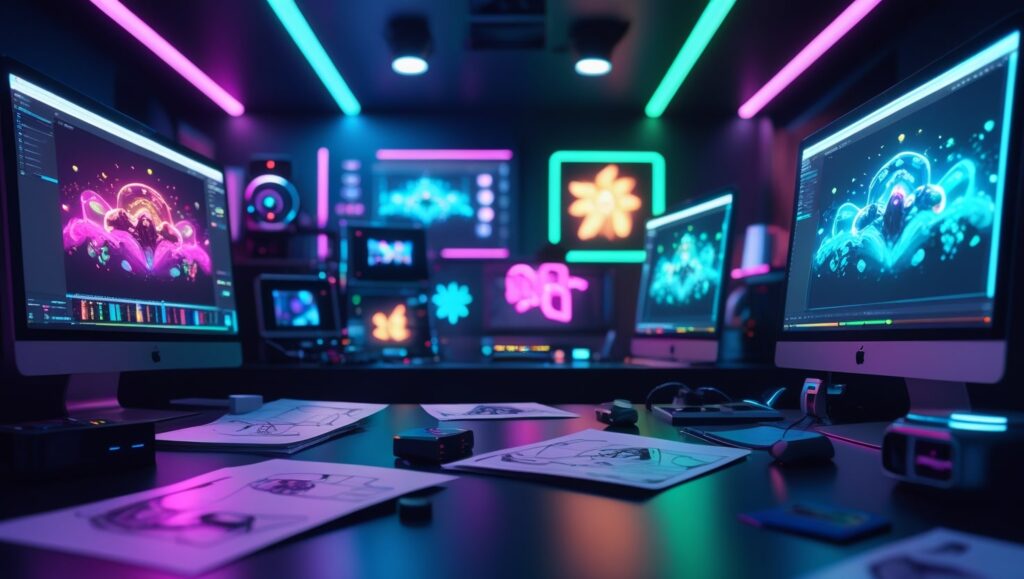
The digital space is taken over by motion. Motion design is something that sets you apart in the list of graphic design skill list. Get to know such tools as:
- Animations will be in After Effects
- Lottie on the web-based animations
- GIF making and video hacks
Even simple motion skills make a still stand, it allows creating a dynamic experience, ideal to share on social media and advertisements.
11. Collaboration and Communication skills
Soft skills are good elements of a graphic design skill list as well. You will have to be able to:
- An excellent skill at explaining things
- Know the needs of clients
- Treat feedback in a professional manner
- Liaise with other artists or marketers
Effective communication leads to the flow of work, improved success of projects and repeat clients.
12. Time and Project Management
Freelancers have to work on different projects. Time management should, therefore, find its place on the list of your graphic design skill list:
- Working with such an application as Trello, Notion, or Asana
- Maintaining due date and revisions
- Invoicing and ability to follow up clients
These are some of the productivity habits that enable you to be professional and you achieve expectations.
13. Marketing Freelance Designer
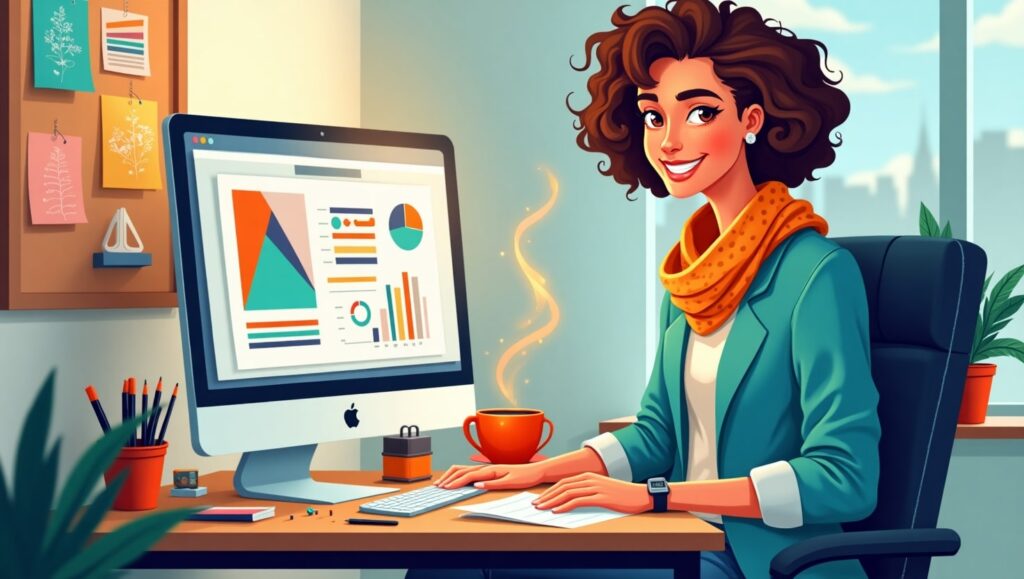
Self marketing is one thing that you never had to write on your list of graphic design skill list, but what you really need to do:
- Creation of a portfolio site
- Sharing work via social media
- Authorship of blogs or case studies
- Social networking on the web
The greatest designers cannot cope, when they are not visible. Marketing converts your talents into money making.
14. Your Application of Graphic Designs List in the Real World
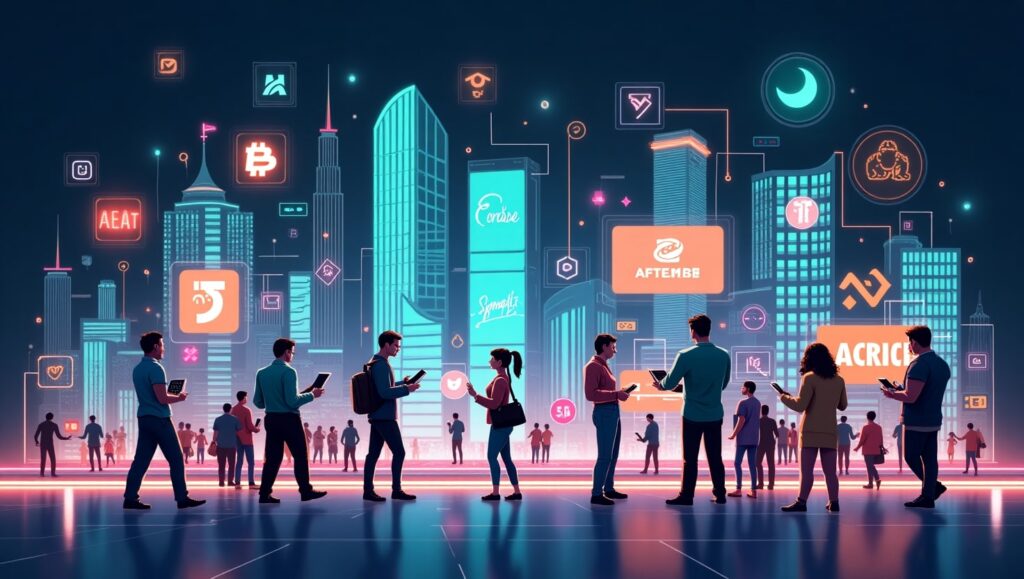
Your graphic design skill list should match the demand in the market. Put your abilities to:
Branding and logo assignments
- Designing of websites
- Digital advertising resources (ads, banners, email)
- Printed resources (flyers, business card)
- e-commerce Designs of products
A variety in the application of your graphic design skill list also enhances your reputation and gets a variety of clients.
15. What are the Ways of Developing Your Skill Set Continuously?
The artistic world is evolving rapidly. Make sure your graphic design skill list is not obsolete by:
- Doing online courses (Skillshare, Coursera, YouTube)
- Research of design fashion
- Doing it every day
- Asking another peer or even a mentor
The best freelancers are those who never stopped learning. Each new skill that you develop can translate to work that is of higher value.
16. FAQs
Q1. What must be in freelance graphic design skill list?
The freelance graphic design skill list must enroll software expertise, design philosophy, branding, constructing, user interface/user experience, commitment management, and organizational communicational proficiency.
Q2. What can I do to add to my list of skills in graphic design?
Continuously expand your list of graphic design skills by taking online courses, working on real-life projects, keeping up with design trends, and learning more through feedback by your mentors.
Q3. What is the importance of a graphic design skill list to freelancers?
It will make you competitive, versatile, and allow you to gain trust by potential clients because it will be evident what you are able to provide.
Q4. Is it possible to freelance when my graphic design list of skills is not very long?
Yes, but it will be limited by what you can do. Begin with the basic skills and slowly increase your freelance career with some extended skills list in graphic design.
Q5. Which skill is the most needed in a list of graphic designs skills today?
The same goes with UX/UI design, motion graphics, and branding opportunities that are highly sought as freelance assignments.
17. Final Thoughts
This is the most valuable resource a freelancer can have a checklist of graphic design skills. Not only will it make your work better, but it increases your confidence and credibility as well. With the combination of technical and soft skills you will become a trustful and multi-tasking designer that clients would not mind hiring again.
You are about to have a fresh start or a long time established and it is your time to look back, improve, and add some new things to your list of graphics design skills. It is a fact that success lies in the hands of those who are well equipped- so develop your talents, present them in a way they are attractive, and keep stretching your creative boundaries.
-
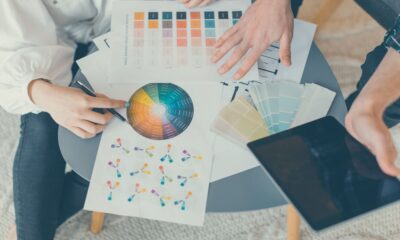
 Graphics Design1 year ago
Graphics Design1 year ago7.Exploring the Importance of Color Theory Charts
-

 Graphics Design10 months ago
Graphics Design10 months ago10 Stunning Gradient Design Trends You Need to Know in 2024
-
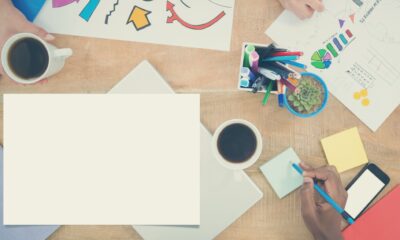
 Graphics Design1 year ago
Graphics Design1 year ago15.The Importance of Effective Flyer Design in Marketing
-
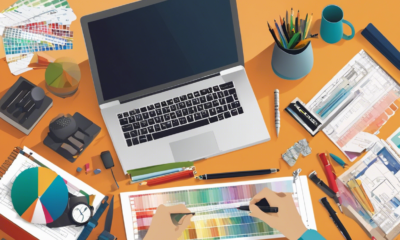
 Graphics Design1 year ago
Graphics Design1 year ago14.Mastering the Art of Print Design: Tips and Tricks
-
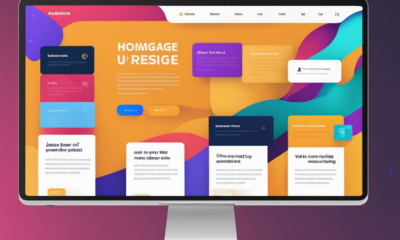
 Graphics Design1 year ago
Graphics Design1 year ago10.The Latest Trends in Web Design and Development
-
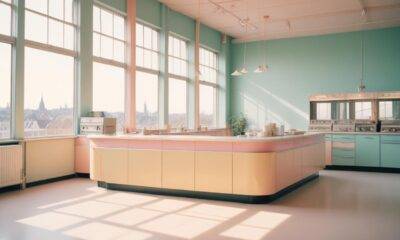
 Graphics Design1 year ago
Graphics Design1 year ago29.Retro Design Is Making a Comeback in Modern Spaces
-
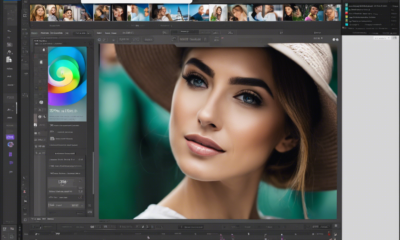
 Graphics Design1 year ago
Graphics Design1 year ago13.Exploring the Latest Trends in Photo Editing Software
-
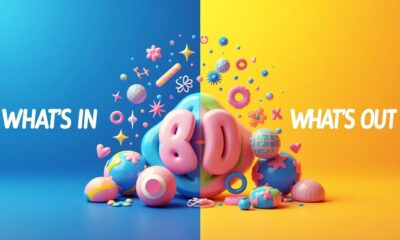
 Graphics Design5 months ago
Graphics Design5 months ago2025 Logo Design Trends: What’s In, What’s Out?





Daniel Phebus
October 26, 2024 at 8:34 am
Hi, Neat post. There is a problem with your web site in internet explorer, would check this… IE still is the market leader and a huge portion of people will miss your fantastic writing due to this problem.
Ezippi
November 7, 2024 at 7:20 am
Ezippi naturally like your web site however you need to take a look at the spelling on several of your posts. A number of them are rife with spelling problems and I find it very bothersome to tell the truth on the other hand I will surely come again again.
double scorpio
November 13, 2024 at 12:39 am
I really enjoy looking through on this site, it contains superb blog posts. “The living is a species of the dead and not a very attractive one.” by Friedrich Wilhelm Nietzsche.